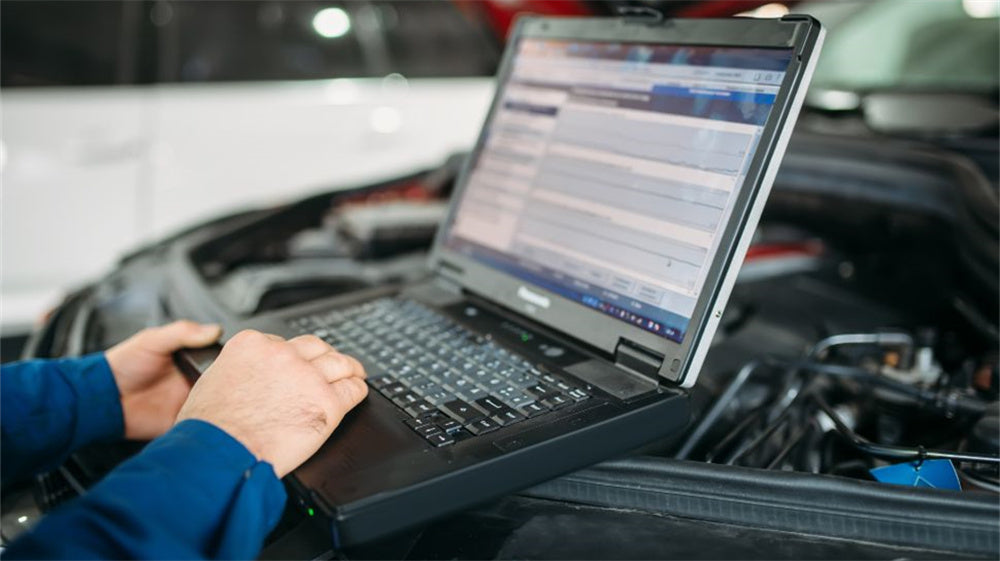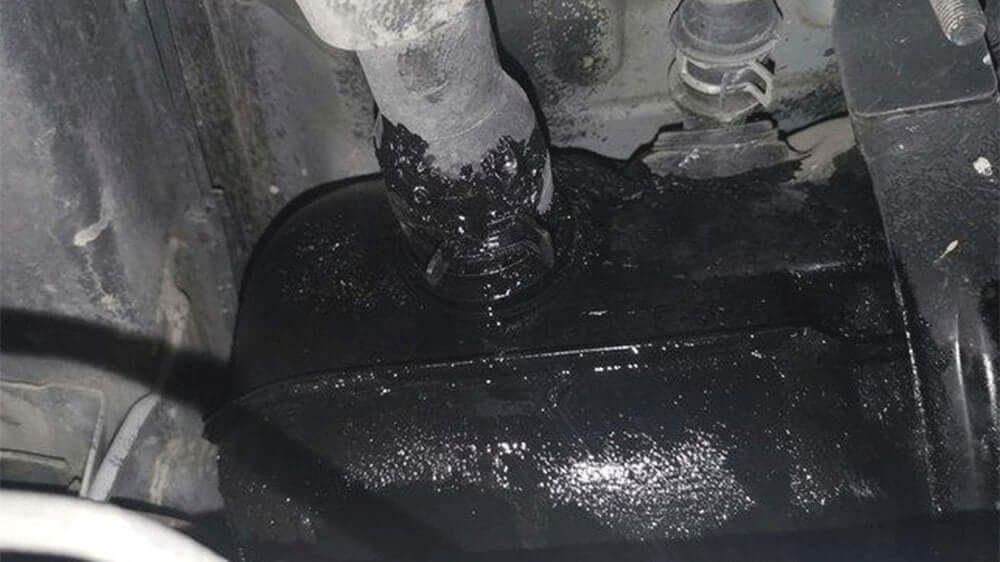
Unlocking the Secrets of Wheels and Tires
I. What is a wheel?
A wheel is a rigid component that fixes the inner edge of a tire, supports the tire, and bears the load together with the tire. A wheel assembly consists of two major parts: the wheel and the tire.II. What are the components of a wheel?
A wheel is primarily composed of the hub, rim, and spokes.
Hub: Connects the wheel to the axle and is responsible for transmitting power between the tire and axle.
Rim: The part of the wheel where the tire is mounted and secured.
Spokes: Components that connect the hub and the rim, providing support.
III. Types of Wheels
Wheels can be classified into two main types based on the structure of the spokes: spoke wheels and disc wheels.
Spoke Wheels: These are further divided into wire spoke wheels and cast wheels.
Wire Spoke Wheels: Similar to the wheels used in bicycles. However, due to high costs and difficult maintenance, they are rarely used in practical applications.
Cast Wheels: The rim is fixed to the spokes using bolts and specially shaped inserts, commonly used in heavy-duty trucks.

Disc Wheels: The most widely used wheel type today. They are characterized by having the rim and spokes cast as a single unit, which offers benefits such as lightweight construction, high dimensional precision, and improved aerodynamic properties, leading to reduced vehicle fuel consumption.
IV. What is a tire?
A tire is a circular, ring-shaped rubber product installed on vehicles or machinery. It supports the vehicle’s weight, cushions impacts, and ensures contact with the road surface to maintain vehicle performance.
V. What is the construction of a tire
1. Inner Liner: Also known as the airtight layer, it is a layer of synthetic rubber, akin to an inner tube.
2. Tread Layer: Positioned above the inner liner, made from fiber cords bonded with rubber. It determines the tire's strength and helps withstand pressure. A standard tire typically contains about 1,400 cord lines, each capable of supporting 15 kg of weight.
3. Bead: Secures the tire onto the rim and ensures airtightness. Each tire has two beads with high compressive strength.
4. Sidewall: Protects the tire’s side from impacts with curbs and road surfaces.
Carcass Layer: Determines the tire's strength, composed of very fine steel cords bonded with rubber.
5. Belt Layer: Helps the tire maintain its shape during high-speed driving.
VI. Types of tires
Based on the arrangement of the cords in the tire carcass, tires can be classified into bias-ply tires and radial-ply tires. Most modern vehicles use radial-ply tires, which can be further divided into TT(tube type) and TL(tube less) tires (also known as radial tubeless tires).
Tube Type Tires: Originally designed for trucks, these have separate inner and outer tubes made from different rubbers, with the inner tube maintaining air pressure.
Tubeless Tires: Common in passenger cars, these use the airtight layer and bead to contain the air, eliminating the need for an inner tube.
VII. Meaning of Tire Markings
Tire specifications:


The production date on a tire is indicated by a four-digit number. The first two digits represent the week of the year, and the last two digits represent the year. For example, a number of 4712 means the tire was produced in the 47th week of 2012, which corresponds to late October.
VIII. Types of Tire Treads
Directional Tires:

Features patterns aligned with the circumference of the tire.
Advantages: Low rolling resistance, low noise, good handling stability, and resistance to side slipping.
Disadvantages: Poor braking performance and wet traction, prone to cracking under load.
Symmetrical Tires:

Advantages: Excellent braking performance, handling, and traction.
Disadvantages: High noise at high speeds, not ideal for high-speed driving.
Hybrid tire:

Integrates features of both directional and herringbone patterns.
Advantages: Central tread offers good handling and side slip resistance, while shoulder tread provides excellent traction and braking performance.
Uni-directional tire:

Features interconnected tread blocks.
Advantages: Excellent water dispersion, good stability in wet conditions, suitable for high-speed driving.
Note: Tire installation must match the driving direction.
Asymmetric tire:

Different tread patterns on each side of the tire.
Advantages: Enhances cornering performance and wear resistance.
Note: Tire installation direction is crucial.
Block Tread:

Features isolated tread blocks.
Advantages: Superior braking and handling performance, good stability on snow and wet roads.
Disadvantages: Poor wear resistance due to isolated blocks.
Additional Information

Run-Flat Tires: Also known as "self-supporting tires" (RSC), they are designed to continue functioning even when deflated. To identify run-flat tires, look for specific markings on the tire sidewall. For instance, Pirelli uses the R-F mark, Continental uses SSR, Bridgestone uses RFT, Micheli
Wheel and Tire Packages: refer to pre-matched combinations of wheels and tires sold together as a set.These packages are designed to ensure that the wheels and tires are properly matched in terms of size, load capacity, and performance, making it easier for consumers to upgrade or replace their vehicle’s wheels and tires.
Armed with a deep understanding of wheels and tires, you're now equipped to make savvy choices that can transform your driving experience. Whether you're optimizing your tire tread for superior grip or ensuring your wheels and Tires can handle the load, this ultimate guide empowers you to make informed decisions that keep your vehicle performing at its peak. Embrace this knowledge and hit the road with confidence, knowing you're maximizing both safety and performance.















































































